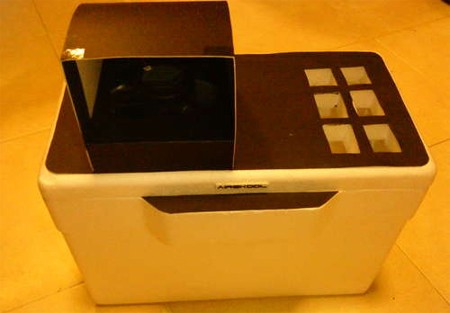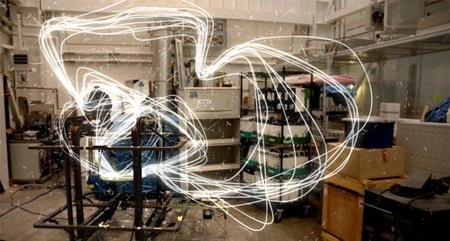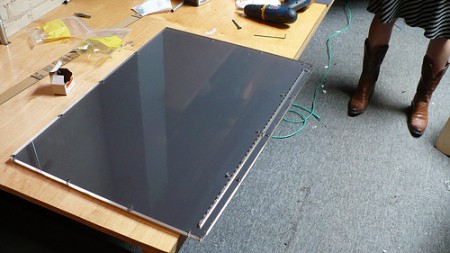
The dog days of Summer are looming just over the horizon like a hot sticky wave of impending doom, but you don’t have to take it lying down. Building a portable air conditioner is cheap easy, and we daresay refreshing.
You’ll need the following materials: a condenser, heater core, or radiator, a styrofoam cooler, a submersible water pump, a few case fans, some adapters to power the works, and a few other materials. The pump circulates cold water through the condenser as the fan pushes air through it and the rest of the box.
We’ve never been huge fans of swamp coolers like this one since they offer no true refrigeration cycle. What’s more, they pump a good deal of humidity into the air, which makes the heat worse in the long run, or creates a vicious cycle of cooling and humidifying. Still, when the heat is scrambling our brains, it’s hard to say no to any relief, however ephemeral.













